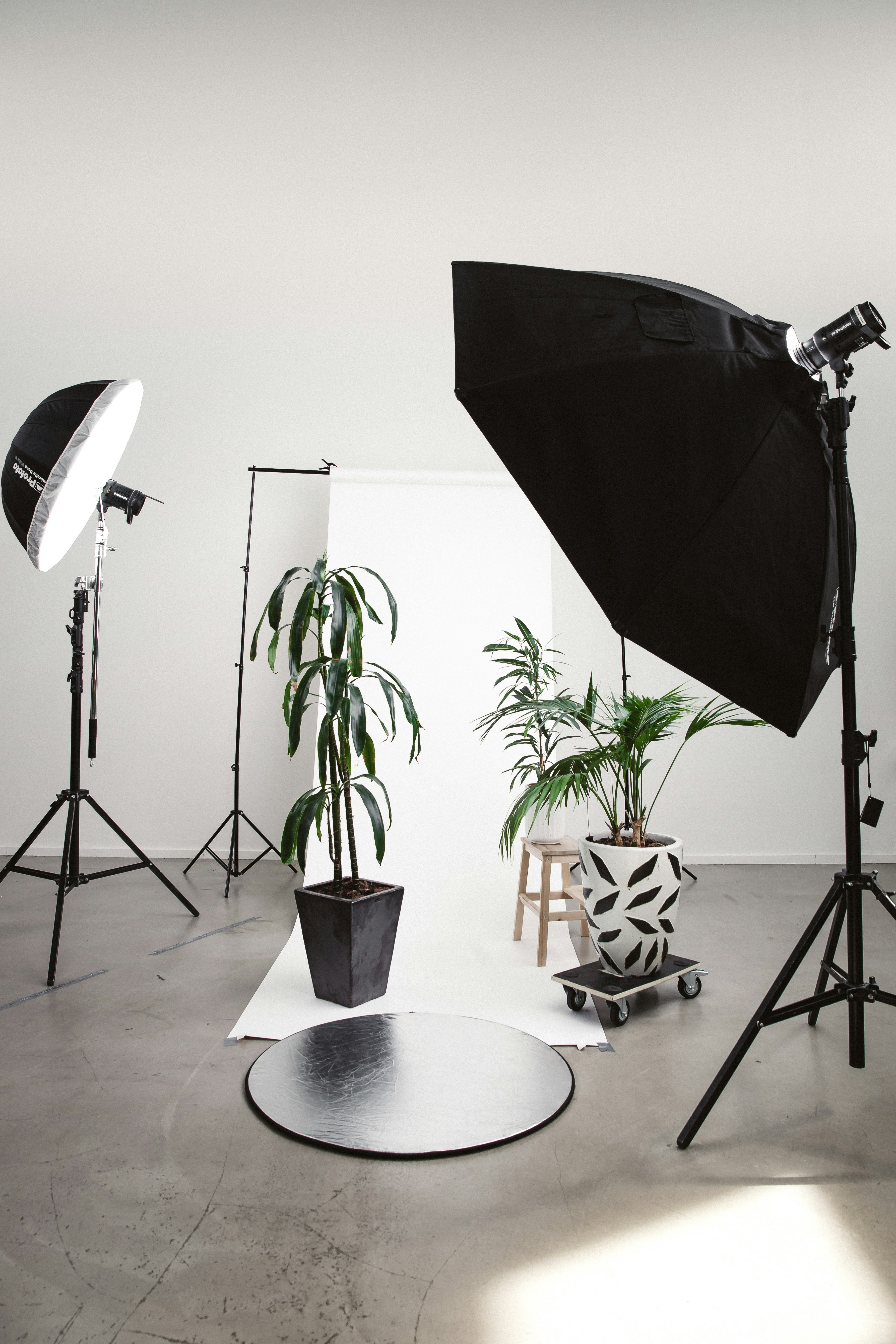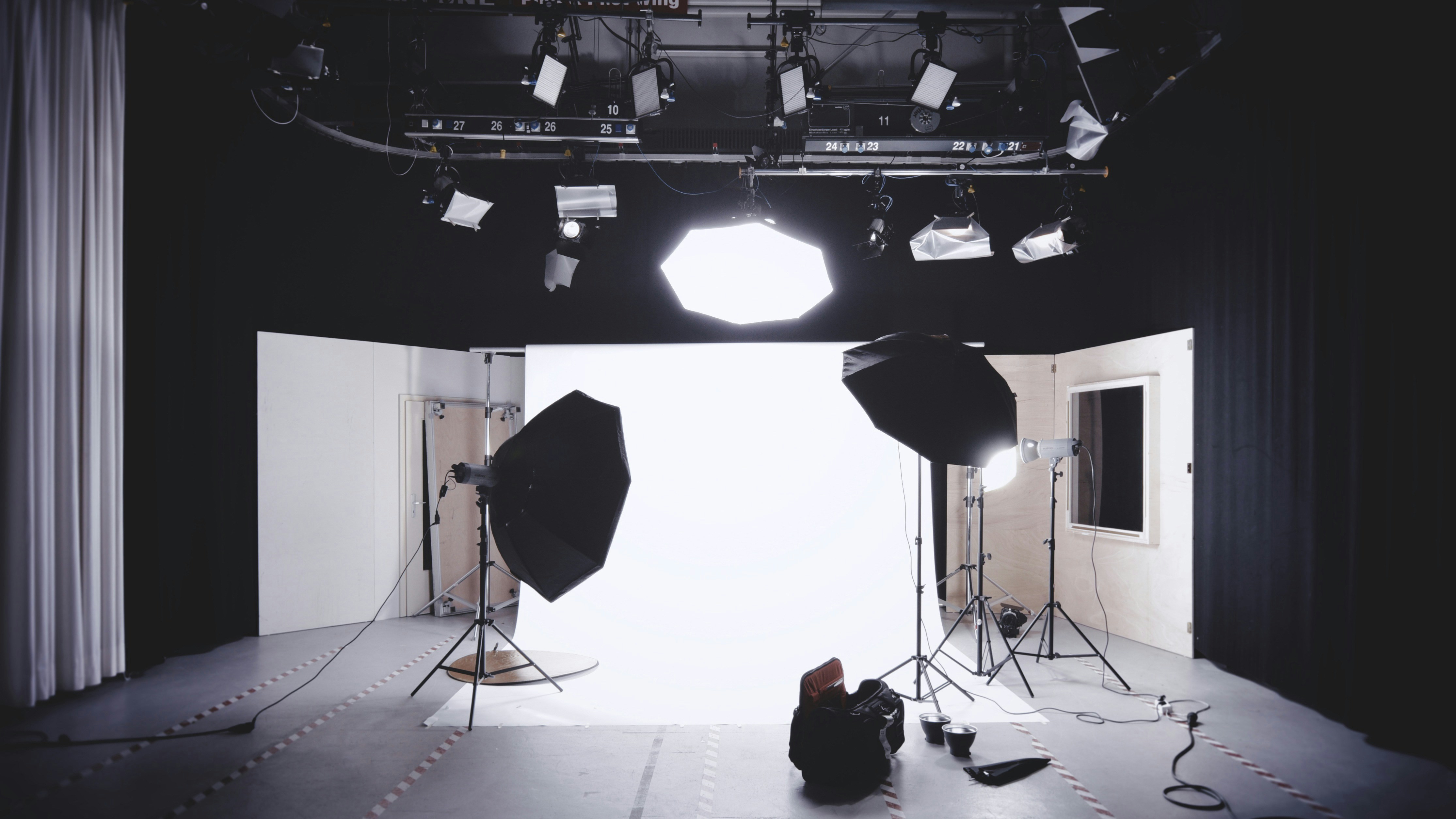
My first look at infrared photography through a whole new lens (Literally!)
2025-04-16



My First Look at Infrared Photography Through a Whole New Lens (Literally!)
Have you ever considered exploring the world of infrared photography? If not, you're missing out on a whole new perspective that can transform your images into something truly unique and captivating. Infrared photography uses infrared light instead of visible light to create stunning, otherworldly images that reveal a whole new side of the world around us. In this blog post, I will share my first experience with infrared photography and provide practical tips for getting started with this fascinating genre.
Introduction to Infrared Photography
Infrared photography involves capturing light that is beyond the visible spectrum, resulting in images that have a dreamy, surreal quality to them. By using a special infrared filter on your camera lens, you can block out visible light and only allow infrared light to pass through, creating striking black and white images with a unique tonal range.

When I first discovered infrared photography, I was blown away by the ethereal beauty of the images I saw. The way that infrared light interacts with the world around us creates a sense of mystery and wonder that is unlike anything I had ever seen before. I knew that I had to try it for myself, and I'm so glad that I did.
Practical Tips for Infrared Photography
If you're interested in trying out infrared photography for yourself, here are some practical tips to help you get started:
-
Invest in a good quality infrared filter: To capture infrared images, you will need a special filter that blocks out visible light and only allows infrared light to pass through. Make sure to invest in a high-quality filter to ensure that you get the best results.
-
Use a tripod: Infrared photography requires longer exposure times than traditional photography, so using a tripod is essential to avoid camera shake and ensure sharp images.
-
Experiment with different settings: Infrared photography can be a bit of a trial-and-error process, so don't be afraid to experiment with different settings on your camera to find what works best for you.
-
Look for interesting subjects: Infrared light interacts with the world in a unique way, so look for subjects that will be enhanced by this effect. Trees, water, and clouds are all great subjects for infrared photography.
-
Post-processing is key: Infrared images often require some post-processing to bring out the full potential of the infrared light. Experiment with different editing techniques to enhance the surreal quality of your images.
Conclusion
Infrared photography offers a whole new way of seeing the world around us, and I'm so glad that I took the plunge and gave it a try. The images that I have captured through my infrared lens have a magic and beauty to them that I never would have experienced otherwise. If you're looking to add a new dimension to your photography, I highly recommend giving infrared photography a try. With some practice and experimentation, you may just discover a whole new world of creativity and inspiration.
So grab your camera, your tripod, and your infrared filter, and start exploring the world through a whole new lens. Who knows what wonders you may uncover in the hidden world of infrared light.